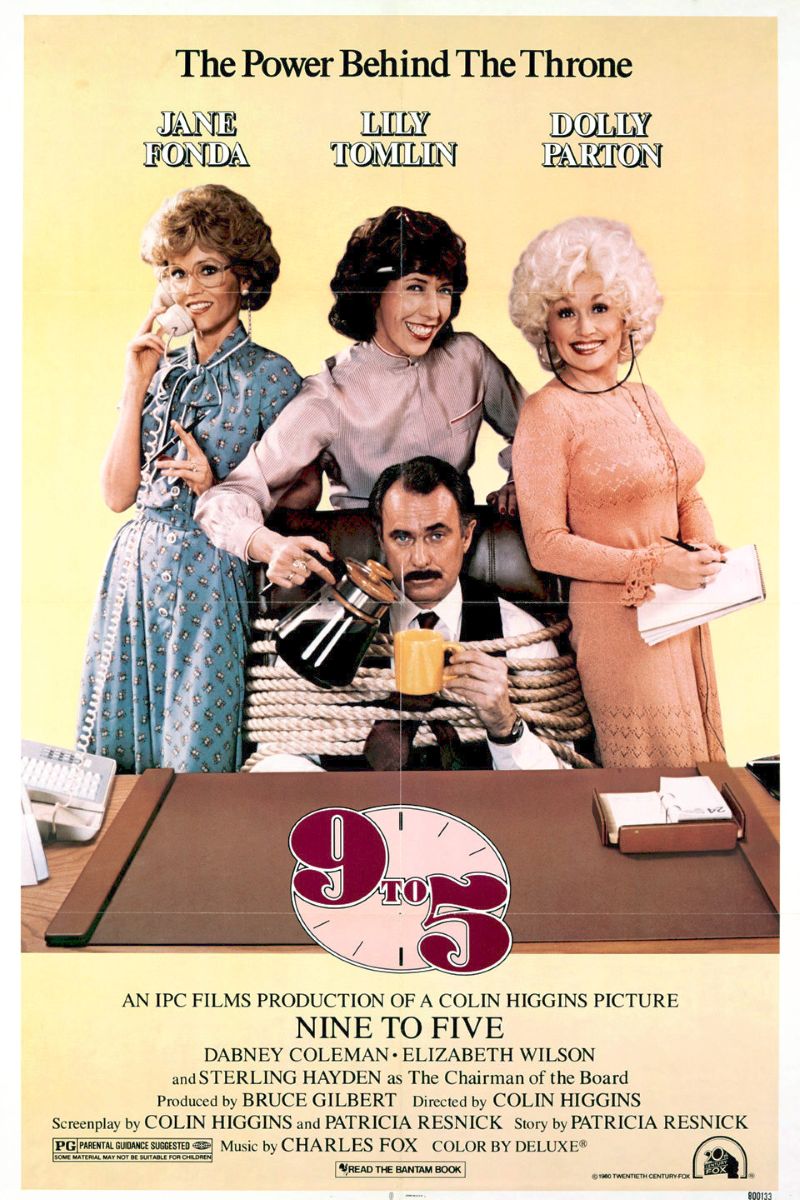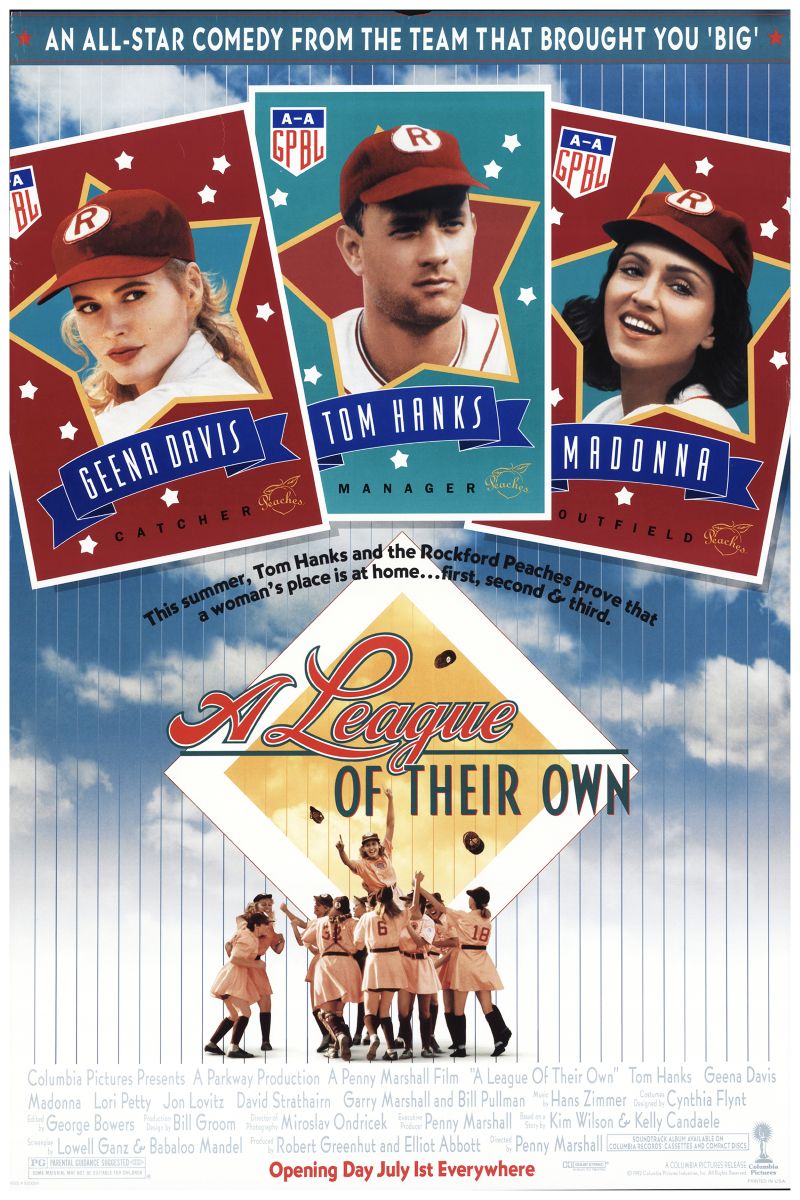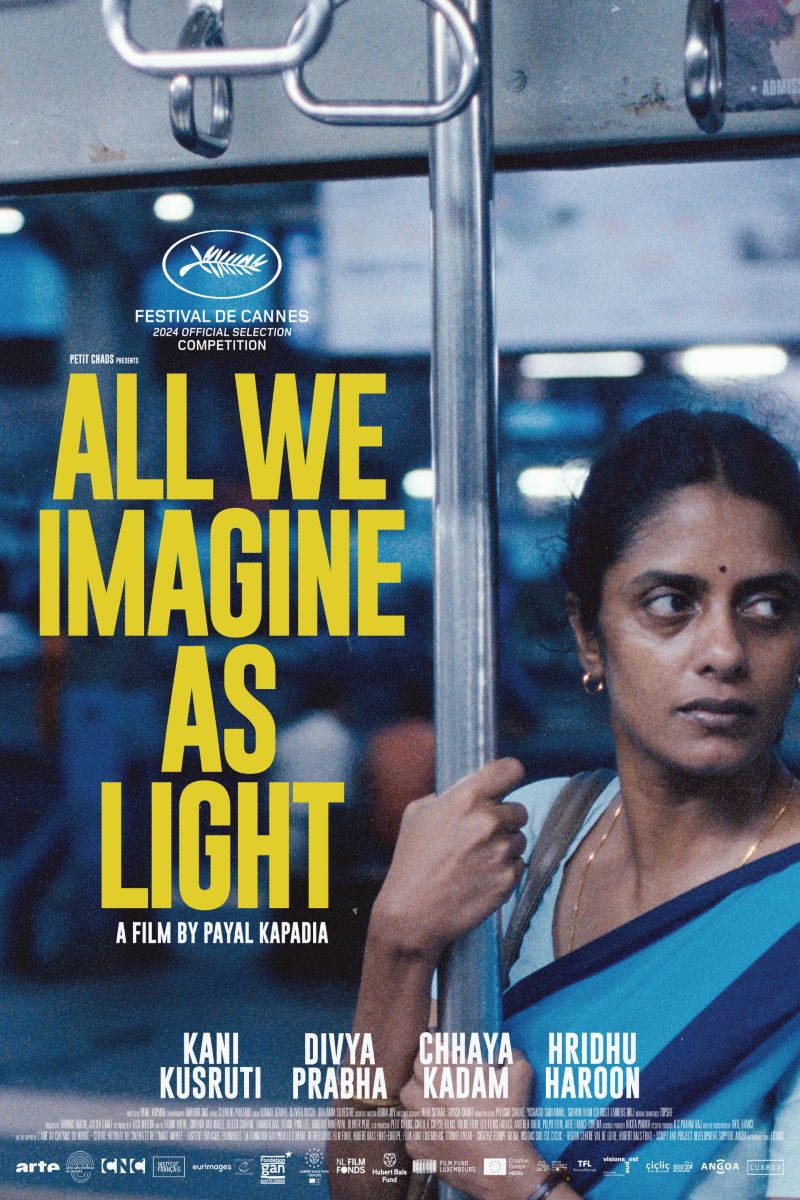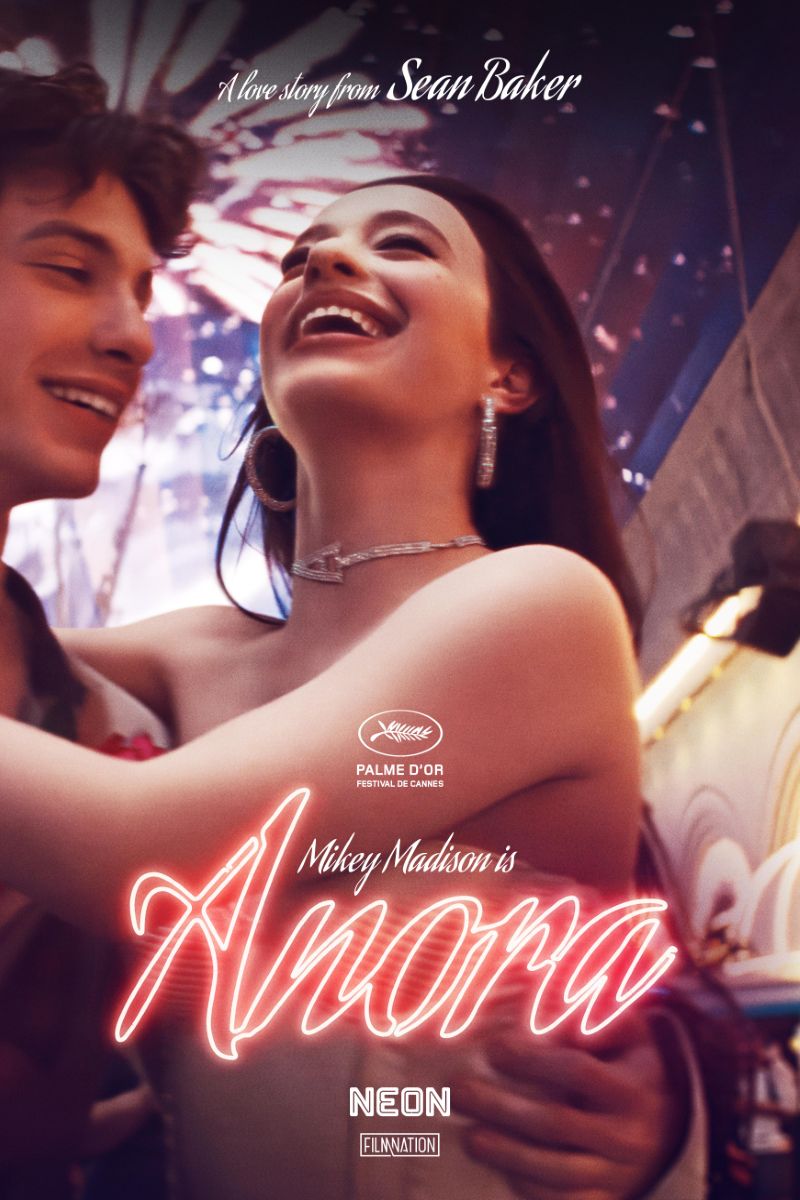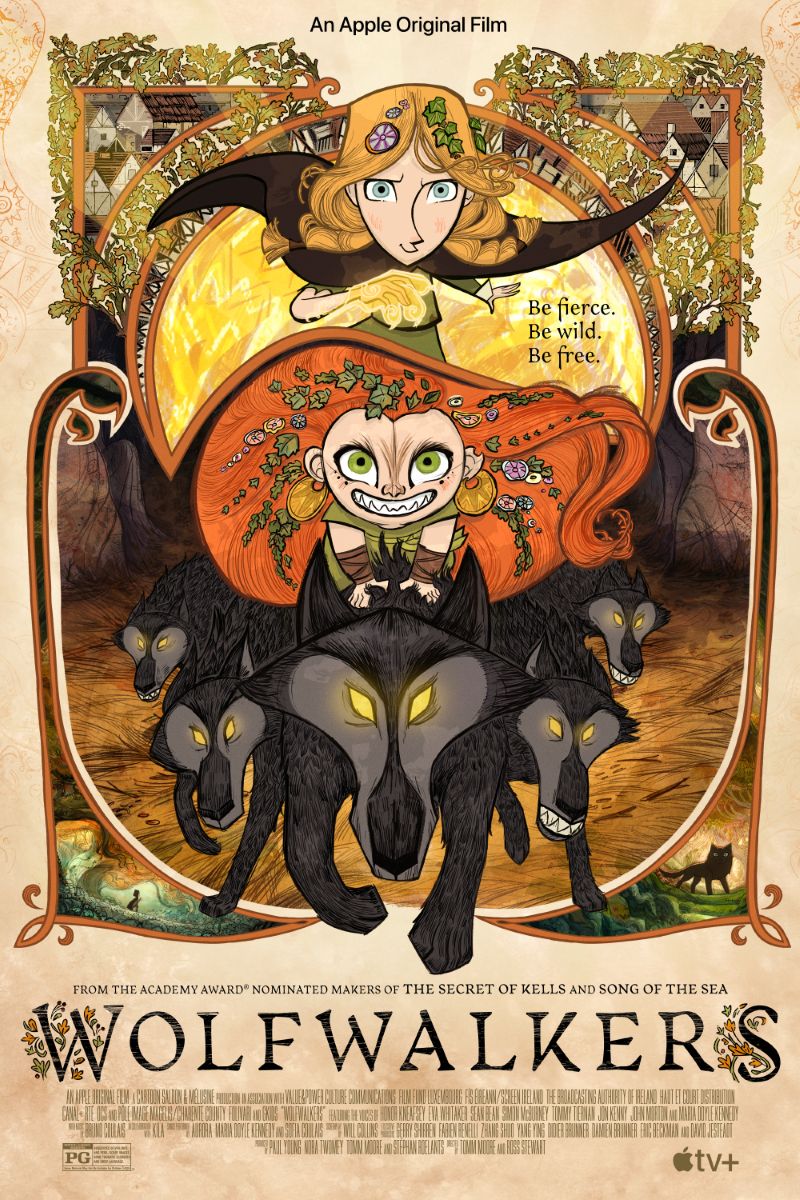
Wolfwalkers
Wolfwalkers
In 1650 Kilkenny, Ireland, the friendship story between English girl Robyn and wild girl Mebh. This hand-drawn animation masterpiece fuses Irish folklore with feminist themes, deeply exploring gender role constraints, environmental protection, cultural colonialism, and female friendship and empowerment through two girls' journey of challenging patriarchal constraints and embracing natural forces.
Cast
Related Topics
🎥 Film Analysis & Review
Wolfwalkers is the concluding work of director Tomm Moore’s “Irish Folklore Trilogy,” a exquisite hand-drawn animated film that deeply explores complex themes of gender role constraints, ecofeminism, cultural colonialism, and female friendship and empowerment through the friendship story of two girls against the backdrop of Cromwell’s conquest of Ireland in 1650. The film centers on the encounter between Robyn (voiced by Honor Kneafsey), daughter of an English hunter, and Mebh (voiced by Eva Whittaker), an Irish wolfwalker, presenting a profound allegory about freedom, friendship, identity, and resistance to oppression.
From gender norms and challenge perspectives, the film’s opening immediately shows Robyn’s rebellion against traditional gender role expectations. In strict Puritan society, women are expected to stay home doing household labor, yet Robyn yearns to become a hunter, following her father in hunting activities. Her ambitions are constantly belittled and ignored, not only by the town’s children and ruling class guards, but even her own father limits her actions out of misguided notions of “protecting” her. This portrayal of gender restrictions reveals how patriarchal society constrains women’s potential and autonomy through institutionalized gender roles.
The film’s portrayal of female friendship forms the core of its feminist narrative. Robyn and Mebh’s friendship transcends boundaries of culture, class, and species, showing possibilities for mutual empowerment between women. Mebh, as a girl who grew up freely in nature, is unbound by any social norms; her very existence challenges traditional gender expectations. She teaches Robyn to embrace her wild instincts and question socially imposed limitations. This friendship is not built on competition or dependence but on mutual understanding, support, and shared growth.
From ecofeminist perspectives, the film portrays the connection between women and nature as a source of strength and wisdom. The wolfwalker ability—soul projection into wolf form—symbolizes women’s deep connection with the natural world. Mebh and her mother Moll represent a way of life in harmony with nature, contrasting sharply with the industrialization, colonization, and environmental destruction represented by Lord Protector Cromwell. The film suggests that women’s intuition, empathy, and connection to nature are important resources for resisting patriarchal destructive forces.
The film’s historical backdrop—Cromwell’s 1650 conquest of Ireland—provides specific political context for its decolonial feminist themes. English colonizers not only occupied Irish land but also attempted to eradicate local cultural traditions and belief systems. The wolf extermination plan directly corresponds to English efforts to force Irish assimilation and stop pagan practices. Mebh, as guardian of wolfwalker tradition, represents indigenous culture’s resilience and resistance. Robyn’s ultimate choice to embrace wolfwalker identity can be read as resistance to colonialist cultural hegemony.
From cultural identity perspectives, Robyn’s transformation process reflects how individuals choose between different cultural value systems. She initially fully identifies with English colonizer values, viewing Irish indigenous culture as “savage” and “dangerous.” However, through friendship with Mebh and understanding of wolfwalker tradition, she begins questioning her original belief system. Her ultimate choice to embrace wolfwalker identity is not only personal awakening but also recognition of cultural diversity and indigenous wisdom.
The film’s exploration of family liberation themes manifests in the evolution of Robyn’s relationship with her father Bill. Bill initially represents traditional patriarchal authority, believing protecting his daughter means limiting her actions and choices. However, when he sees his daughter’s true strength and happiness, he begins questioning his methods. Ultimately, he chooses to support his daughter’s decision, even if it means separation from her. This transformation shows possible evolution of patriarchal family structures toward more equal and supportive relationships.
From arts and performance perspectives, the film’s hand-drawn animation style itself carries political significance. In an era dominated by digital animation, insisting on hand-drawn tradition represents resistance to artificial intelligence and standardization. This artistic choice echoes the film’s themes of opposing cultural homogenization. The film’s unique visual style incorporates Irish traditional art elements, using artistic form itself to inherit and celebrate indigenous culture.
The film’s redefinition of motherhood carries profound feminist significance. Moll, as Mebh’s mother, is not a traditionally protective mother but an explorer seeking new homelands. Her absence prompts Mebh to grow independently, developing strong character and leadership abilities. This maternal model challenges stereotypes viewing mothers solely as caregivers, showing diverse possibilities of motherhood.
From environmental justice perspectives, the film links environmental destruction with gender oppression. The Lord Protector’s wolf extermination plan and his desire to control women both stem from the same psychology of conquest. Nature and women are both viewed as “others” needing to be tamed and controlled. The film proposes a relationship model based on cooperation rather than conquest by showing harmonious relationships between wolves and wolfwalkers.
The film’s sound design and music also carry gender political significance. Female characters’ voices often blend with natural sounds (wind, birdsong, wolf howls), while male characters’ voices relate more to mechanical and war sounds. This sound design reinforces symbolic connections between women and nature, men and civilizational destruction.
From childhood and adulthood perspectives, the film shows two different growth models. Robyn grows up in a strict Puritan environment, taught to suppress instincts and follow rules; Mebh grows freely in nature, maintaining connection with inner wildness. The film suggests that true maturity is not losing innocence and wildness but learning to balance civilization with nature, rules with freedom.
The film’s treatment of authority and resistance carries important political significance. The Lord Protector represents authoritarian power, attempting to maintain control through fear and violence. The girls’ resistance is not through violence but through refusing obedience, maintaining their beliefs, and seeking alternative lifestyles. This nonviolent resistance model reflects pacifist traditions in feminist movements.
From interspecies connection perspectives, wolfwalker abilities symbolize worldviews transcending anthropocentrism. Female characters’ deep connections with animals challenge instrumental thinking that views nature as resources. This connection is not based on control or exploitation but on understanding, respect, and mutual dependence.
The film’s visual language also embodies its feminist aesthetics. Soft lines, flowing shapes, organic compositions contrast with traditional male-dominated animation’s rigid, geometric styles. This visual choice is not only aesthetic but also political, challenging established notions about “appropriate” artistic styles.
From intergenerational transmission perspectives, the film shows how female knowledge and traditions are passed through friendship and direct experience. Mebh teaches Robyn wolfwalker tradition not through books or formal education but through shared experiences and bodily practice. This transmission method reflects characteristics of female culture that values experiential knowledge and intuitive wisdom.
The film’s exploration of freedom concepts carries profound feminist significance. True freedom is not liberation from all constraints but the right to choose one’s own path. Robyn’s ultimate choice to become a wolfwalker is not escaping responsibility but choosing a lifestyle more aligned with her nature. This freedom concept emphasizes the importance of personal autonomy and self-realization.
Ultimately, Wolfwalkers’ value lies in providing young audiences with profound reflection on friendship, freedom, and identity. Through its fantastical story veneer, the film conveys important feminist messages: women have the right to choose their own paths, friendship can transcend all boundaries, nature and civilization can coexist harmoniously. Against the backdrop of contemporary environmental crises and persistent gender inequality, these messages carry important real-world significance. The film reminds us that true strength comes from recognizing and accepting one’s own nature, not blind obedience to others’ expectations.
🏆 Awards & Recognition
- • Academy Award Best Animated Feature Nomination
- • Annie Award Best Independent Animation
- • Irish Film and Television Award Best Animation
- • Los Angeles Film Critics Association Award Best Animation
⭐ Ratings & Links
Related Recommendations
Comments & Discussion
Discuss this video with other viewers
Join the Discussion
Discuss this video with other viewers
Loading comments...
